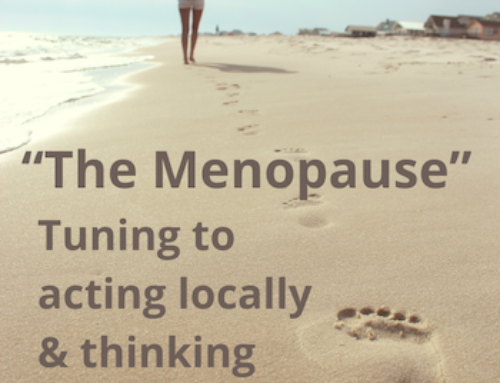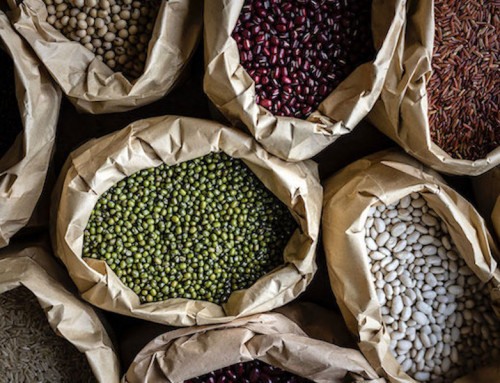Growing a garden, a few trees or even a jar of bean sprouts is a great way to deepen your relationship to food, and your understanding of what it takes to produce it.
It is empowering to grow a few herbs or lemon tree, cultivate a vegetable patch or more. Doing so supports your connection to the food you consume.
In 2019 the Eat-Lancet Commission designed the Planetary Health Diet Plate. This depicts a way of eating that will enable 13 billion people to live on the planet with a living biosphere in 2050. It has a strong emphasis on plant foods. Depending on the climate and conditions, plant foods can be grown in backyards or in neighbourhoods, as well as in farms.
Consider perennials such as nut or citrus trees. Fruits, such as mango or nectarine trees, passion fruit vines or strawberry patches. Your personal or community garden could have a garden bed for cucumbers, tomatoes, zucchinis and basil in the summer, then garlic, potatoes and rosemary in the winter. If you are restricted for space, perhaps you can grow a chilli or thyme plant on your window sill?
Individual Health Impacts
Growing food can give us new insights. We bear witness the vulnerability of crops and can connect with the narrative of plenty. We may grow excess to share with others, which will strengthen our social connections.
When we grow our own food, we recognize what it takes. From that we might regard the growers even more. This attitude of gratitude is a great contribution to thinking in a new way.
There is evidence to show that foods grown organically (without pesticides) support the microbiome diversity, which could possibly also happen with home grown without pesticides. If not, then fermentation and preserving produces when the harvest comes will support the microbiome.
Planetary Health Impacts
When we grow plants, we observe them through their entire lifespan, including their seeding phase. When you grow your own foods, you can save seeds from the plants to store and use for the next generation. You can also share them with others, which creates connection with other growers, and also a deeper sense of security through networking, rather than reliance on corporate seed companies. Check out SeedSavers Network for more information on how to save seeds and share them around.
Whether consciously or not, when you grow food, you are engaging the soil microbes and helping to rebuild the soil. The movie Kiss The Ground reveals on a global scale how crucial nurturing top soils is. Growing food forests might be a thing for you, particularly if you own land or have long term access to it. One regenerative agriculture practice to consider is Syntropic Farming. Like organic and permaculture farming, syntropic farming embraces the concept of synergy and mutual beneficence, rather than competition and scarcity. If you want to learn more watch the video: Life in Syntropy
Smaller scale farming practices generally nurture soils. Caring for soil and creating good soils are a key carbon sequestering practice, as is growing trees. The UN in a recent report with the telling title WAKE UP BEFORE ITS TOO LATE clearly articulate that this new, yet old fashioned, approach is definitely the way to be going.
Rejuvenate your Health at Sparkle Well School
Sparkle Well School delivers step-by-step, effective and safe, health optimisation processes to provide empowerment and insights into fresh and regenerative ways of living.










